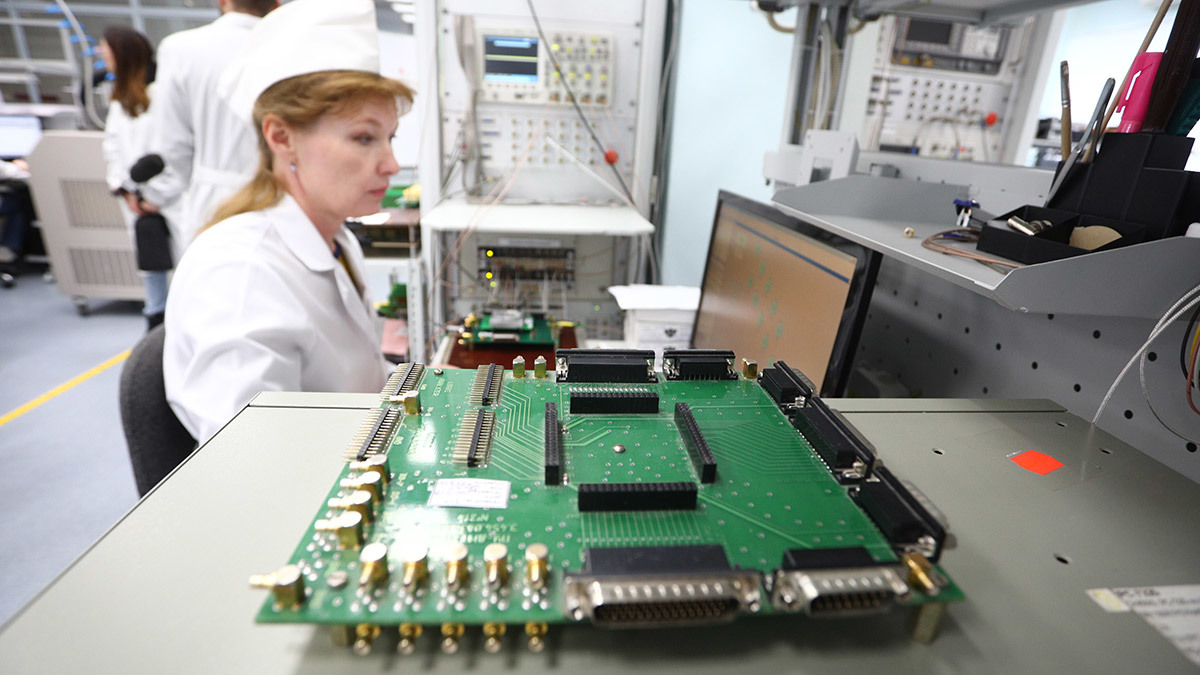The electromechanical assembly turnkey process is an essential methodology embraced by exporters and importers to streamline production and ensure quality. This process encompasses a comprehensive approach to design, manufacturing, and delivery of fully assembled products. By leveraging this method, businesses can focus on their core competencies while relying on experts for assembly and production. The electromechanical assembly turnkey process is not only efficient but also cost-effective, making it an attractive option for companies looking to optimize their operations.

What is the Electromechanical Assembly Turnkey Process?
The electromechanical assembly turnkey process involves the complete handling of a project from inception to completion by a single provider. This includes design, procurement of materials, assembly, testing, and delivery. The provider assumes full responsibility for the project, ensuring that all components work seamlessly together. This approach is particularly beneficial for companies that do not have the resources or expertise to manage complex assembly processes in-house.
Key Components of the Turnkey Process
Design and Engineering
Design and engineering are the first steps in the electromechanical assembly turnkey process. During this phase, the provider works closely with the client to understand their requirements and develop a detailed design plan. This includes selecting the appropriate materials, components, and technologies to meet the project specifications.
Procurement of Materials
Once the design is finalized, the provider procures all necessary materials and components. By leveraging their established supply chains, turnkey providers can often secure materials at a lower cost and faster than the client could on their own. This is a critical advantage in maintaining project timelines and budgets.
Assembly and Integration
The assembly and integration phase is where the actual building of the product takes place. Using state-of-the-art equipment and processes, the provider assembles the components into a fully functional product. This stage requires precision and expertise to ensure that all parts fit together perfectly and operate as intended.
Testing and Quality Assurance
Testing and quality assurance are crucial elements of the electromechanical assembly turnkey process. Before the product is delivered, it undergoes rigorous testing to ensure it meets all specifications and standards. This step helps to identify any potential issues before the product reaches the client, reducing the risk of costly recalls or repairs.
Benefits of a Turnkey Solution
Cost Efficiency
One of the primary benefits of the electromechanical assembly turnkey process is cost efficiency. By consolidating all aspects of the project under one provider, companies can reduce overhead costs associated with managing multiple vendors. Additionally, turnkey providers often have the buying power to negotiate better prices on materials and components.
Reduced Time to Market
With all aspects of production managed by a single provider, the time to market is significantly reduced. This is particularly important in industries where speed is a competitive advantage. By relying on a turnkey provider, companies can bring their products to market faster and more efficiently.
Improved Quality Control
Turnkey providers are experts in their field, with established processes and quality control measures in place. This expertise translates into improved product quality and reliability. By ensuring that all components are tested and verified, turnkey providers can deliver a final product that meets or exceeds client expectations.
Challenges and Considerations
Finding the Right Provider
One of the biggest challenges in adopting a turnkey process is finding the right provider. Companies must ensure that the provider has the necessary expertise, resources, and reputation to deliver a high-quality product. It is essential to conduct thorough research and due diligence before selecting a provider.
Communication and Collaboration
Effective communication and collaboration between the client and the provider are crucial for the success of the project. Companies must be willing to share detailed information and feedback throughout the process to ensure that the final product meets their needs and specifications.
Case Study: Successful Turnkey Implementation
To illustrate the benefits of the electromechanical assembly turnkey process, consider the case of a consumer electronics company that successfully implemented a turnkey solution for their new product line. By partnering with a reputable turnkey provider, the company was able to reduce production costs by 20% and bring their product to market six months ahead of schedule. The quality of the final product exceeded customer expectations, leading to increased sales and market share.
Conclusion
The electromechanical assembly turnkey process offers significant advantages for exporters and importers looking to optimize their operations. By leveraging the expertise and resources of a turnkey provider, companies can reduce costs, improve quality, and speed up time to market. While there are challenges to consider, the benefits of a well-executed turnkey process far outweigh the risks.

Frequently Asked Questions
What are the key benefits of a turnkey process?
The key benefits include cost efficiency, reduced time to market, and improved quality control.
How do I choose the right turnkey provider?
Conduct thorough research, check for expertise, resources, and a good reputation. Communication and collaboration are also essential.
Can a turnkey process be applied to all types of products?
Yes, the turnkey process can be adapted to various industries and product types, provided the provider has the necessary expertise.
For further reading on the benefits and applications of turnkey processes, you can visit Green Circuits. Additionally, explore related insights in Turnkey Procurement and DFX in Manufacturing.


